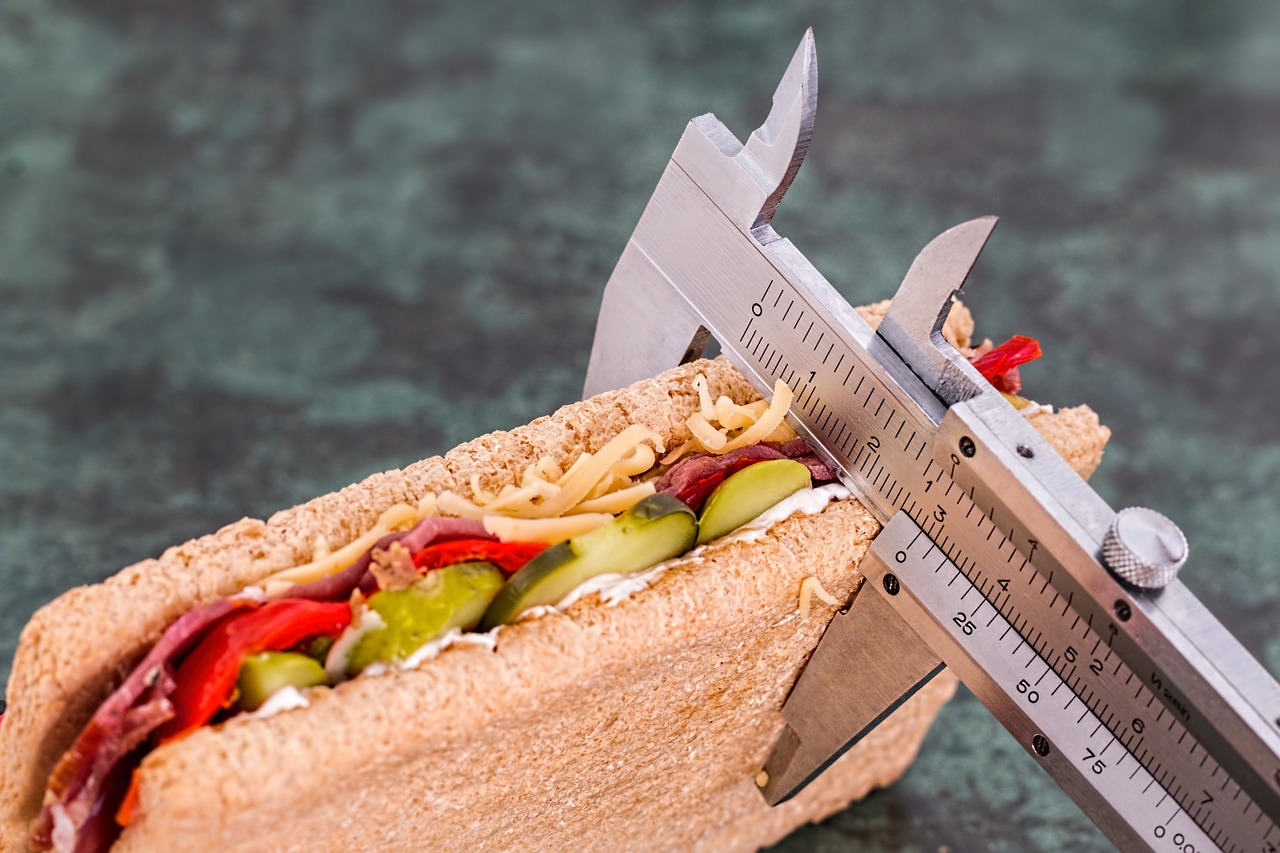How to make a diet plan?
This week, I helped a colleague of mine do make a diet plan. This is my fourth or fifth foray into the world of personal training, so you can see I added the consulting category to my blog.
Anyway.
When should YOU go to the trouble of actually planning your diet in advance? And how to do it in the first place?
But what do we mean by planning anyway? Well, could be a million different definitions. Technically, avoiding nuts due to a severe allergy is a diet plan of one kind.
However, my definition of a diet plan is simple:
Diet plan = having a target intake of calories and at least some macronutrients.
There it is. Short and precise. We engineering types like.
Why make and follow a plan?
Make no mistake, following the tips I have already listed will be quite sufficient for many people. You know, not stuffing yourself nigh-unconscious too often, and eating adult-food most of the time.
1. More is needed
But alas, that may not be always enough. Maybe your physique goals are a bit more ambitious than losing some chub? Going from a tremendous beer belly to a small extra pouch is a whole lotta easier than going from a flattish stomach to a seven-pack. (Yes, seven. Your abs might very well be non-symmetrical. In my case, the eight one is completely flat and invisible. And the Oak himself only had a four-pack. Genetics.)
When basics are not enough, a more advanced approach is needed.

2. Confidence in data
Furthermore, it may be hard to follow the middle road when dieting “blind”. Quite often, you get a bit too relaxed with your approach and end up moving nowhere in the best case. And fatter in the worst. Sadly but true, we humans are quite adept at justifying away our indulgences.
Or, you might take opposite approach and make sure you are eating little enough. In reality, eating far too little. That stuff is unsustainable in the long run. The hunger will get you sooner or later. And it’s miserable even in the short run.
Following a plan will eliminate these extremes.
3. Flexibility
Another thing. There are foods that are simply too good-tasting to easily eat in moderation. Obvious crap falls into this category, as do probably a couple of “real food” dishes that you simply happen to like reaaaally much. For me, it’s chili con carne.
With these foods, you simply end up eating far too much far too easily. It might be because of their deliciousness alone. Or, it might be their incredible calorie density, making you underestimate by far how much you actually are eating, energy-wise. Or, most likely, a combination of the two.
Keeping your calories in check with a diet plan lets you enjoy a treat or three, with little to none interference to your diet progress.
(4. Hypocrisy)
This is purely me.
I follow a diet plan for all of the above-mentioned reasons.
’cause of this, I’m not really comfortable recommending a plan-less approach to anybody who has the basics in check. I can’t pull it off, so I can’t really help them pull it off either.
What to track

There are two things you should absolutely track, and a third somewhat-optional component. In descending order of importance, they are as follows:
1. Calories
This is huge. Calories alone will determine 80 % of your dieting success, and 99 % of your weight change. Old Pareto at work here.
Eat fewer calories than you expend on a daily basis, and you will lose weight. All well-conducted research supports this, in a remarkable unanimous fashion (for the health field).
Now, the quality and type of food obviously do have an effect. They can have a whole world of difference on how easy or hard your diet’s going to be. Additionally, there are of course a million health aspects to consider.
But, when considering only body weight, calorie balance will determine it up to almost 100 %.
2. Protein
Once your total calories are in check, your protein intake is the single biggest factor.
Protein is really satiating, meaning it keeps you full, or less hungry, long after eating. Meaning, it makes the miserable business of dieting quite a bit less miserable.
It also helps you maintain your muscle mass during fat loss. And that’s a very good thing, making it easier to maintain your new lower body-fat level, and making you feel better in a million ways.
Indeed, combine sufficient protein intake combined with a reasonable amount of resistance training, and your muscle loss will be negligible. So, all those Internet stories about muscles melting away during a diet? Simply comfortable lies that gym-fatties tell themselves, after not-realizing how large a portion of their apparent size was only adipose tissue.
(3. Carbs and Fats)
These are quite optional.
It helps to some kind of a rough figure, and to avoid any ridiculous extremes. But, don’t worry about hitting any exact figures to the gram. As long are you are in the ballpark, you’re golden.
Unless you are much more ambitious than just a regular bro trying to get in better shape. Like an upcoming physique show or something. That’s when the fractions of a percent in results count. If this is the case, stop reading now and get yourself a professional coach. I’m just a regular bro helping others to get in better shape.
How to make the plan
Let’s follow the order of importance above and discuss how to determine targets for each.
1. Determine your calorie intake
This can be divided into two sub-steps.
1. First, get an initial guess. The simplest way is to simply use some online calculator to determine your daily expenditure – the number needed to maintain your current weight. This one here is quite easy to use. It doesn’t really matter which one you use – most of them use the same Harris-Benedict formula.
Once you have your expenditure, subtract 500 kcals a day. That’s a very good starting point for almost everyone. It should result in something like 500 g of weight loss per week, most of which will be fat (the rest will be fluids). If you are a small female, try 300 kcals instead.
Once you have your number, it’s soon time for the second step.
2. Adjust accordingly. The calculators are statistical in nature – they work for the median population. They probably won’t work perfectly for you. For instance, in my case the HB-formula overestimates my expenditure by almost 400 kcals a day.

Hence, make some simple corrections. Track your calories for about two weeks, and compare that to your rate of weight loss… You are tracking your weight, aren’t you?
After this, is simple enough to correct your estimate by the relation -500 kcals a day = – 0.5 kg a week. For the poor math-illiterate souls, here’s an explicit equation for you:
![]()
2. Determine your protein intake
This step is even simpler.
Here goes: 1.5 to 2 grams of protein per kilogram of your body weight.
That’s pretty much it.
You might have to make an exception if you are really fat, or quite lean already. In that case, subtract 100 from your height in centimeters, and double that by 1.5-2. That would mean 120-160 grams of protein per day, for someone 180 centimeters tall.
3. Fill your calories with carbs and fat
Once you are hitting your daily calorie and protein numbers consistently, the exact numbers of carbs and fats don’t really matter that much in my opinion.
Still, in case you’d like to have some idea, here’s what I recommend.
Fat. A certain level of fat intake is pretty much essential for normal hormone production and stuff. Something like 20 % of your total calories could come from fat, at the least. Simply multiply your daily intake (not expenditure!) by 0.2, and divide that number by 9 kcals (a gram of fat has 9 calories).
If that number is significantly less than 0.7 ![]() your bodyweight in kg’s, use that instead. For more elaborate calculations, check e.g. Rippedbody‘s excellent guides.
your bodyweight in kg’s, use that instead. For more elaborate calculations, check e.g. Rippedbody‘s excellent guides.
You can go somewhat higher, but I don’t think it’s a good idea to have more than 40 % of your calories from fat.
Carbs. Carbs are not essential per se. But, they do fuel your high-intensity activities. I mean gym, but you can insert a sex joke of your choice here. Indeed, it’s quite a well-established guideline in fitness circles to have a significant portion of your daily calories from carbs.
Since protein and fat are already set, carbs are uniquely defined. Since protein and carbs both have 4 kcals per gram while fat has 9, the number of carbs in grams is
![]()
That’s it.
However, a simpler approach is often sufficient.
Simply, get your protein from mostly low-to-moderate fat sources, and make sure you hit your daily target. Then, fill the rest of your calories with mostly-carbs (and lots of vegetables, remember). Some fat in your salad and on your bread is fine, but don’t go overboard.
This simplified approach alone will usually get you remarkably close to the more-elaborate way described previously. And it does that in a really simple way. I mean there are only two numbers to match, one of which is quite flexible already (the 1.5-2 g/kg range of protein, I mean).
How to follow the plan?
This is simple to describe: just make sure you consistently hit your daily targets.
The actual execution is a bit more time-consuming. You will have to actually keep tabs on what you eat.
Check out HERE how to do that with Excel!
-Antti
Check out EMDtool - Electric Motor Design toolbox for Matlab.
Need help with electric motor design or design software? Let's get in touch - satisfaction guaranteed!
